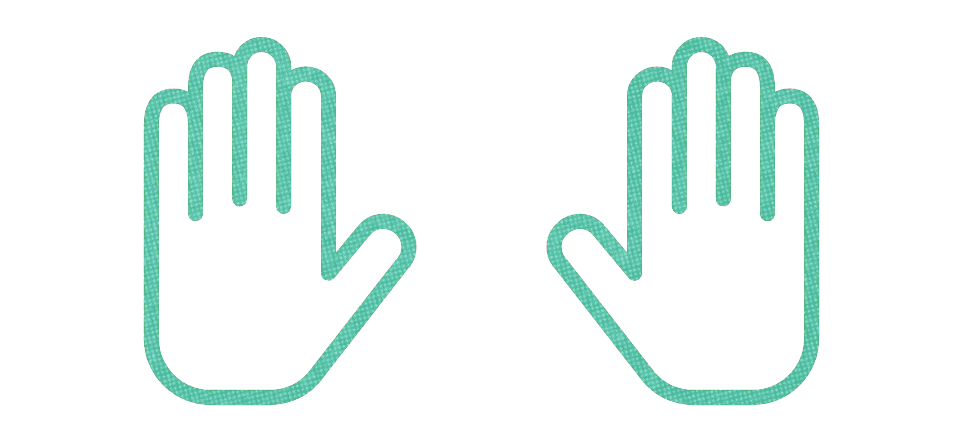Being a lefty is no longer something to hide, but right hand still rules in many parts of life | CBC Radio
When Srikamakshi Kothandaraman began her training as a surgeon in Chennai, India, a decade ago, she ran into a surprising obstacle: hospital equipment.
Bolted-down lamps and ill-placed mirrors made it impossible for her to perform procedures with her dominant left hand, shattering her confidence and casting doubt on her future in medicine.
“When I put my gloved hand or an instrument into the patient’s nose or throat, I would notice that right at that point, there would be a shadow,” said Kothandaraman, 34.
She eventually realized that the shadow was coming from her own hand, which blocked the light.
In the clinic and operating room, Kothandaraman’s left-handedness got in the way of her training. Instructed by senior doctors to perform procedures using her right hand, she ran into more difficulties.
“It would only make things worse,” she told CBC Radio’s Ideas program. “I would start dropping the instruments. You know, I had no control over what was happening.
“It reached a point where they lost their patience with me, and I lost my confidence, and that continued until I stopped going to the operating theatre altogether.”
Right-handed tools still dominate
Kothandaraman’s struggles are not unique. Left-handed guitarists from Jimi Hendrix to Kurt Cobain had to hone their craft on right-handed instruments, and generations of southpaws have wrestled with all manner of obstructions. From desks and can openers to door handles and scissors, right-handed gear can be at best an annoyance, at worst a danger.

Handedness remains a rich field of scientific inquiry, with papers published in the last six months on everything from the relationship between handedness and cognitive performance to the connection between left-handedness and schizophrenia and ADHD.
Cultural preferences for the right hand are evident as far back as Ancient Greece and the Bible and show up in many parts of the world, says Howard Kushner, a historian of medicine and neuroscience who wrote On the Other Hand, a book about the impact of left-handedness on culture, behaviour and cognition.
Into the 19th century, “left-handers were seen, depending on where you were in the world, as evil, as dangerous, as sinful and as willful,” said Kushner, who is also professor emeritus of science and society at Emory University in Atlanta.
While those old superstitions are less prevalent today, “the environment of our world strongly favours the right-handed majority,” said Kothandaraman.

Punished for using left hand
In her case, it was only when her supervising physician confronted her directly about her absence from the operating room that she shared her difficulties. With his help, Kothandaraman eventually got the hospital to reorient equipment around her dominant left hand.
“There was a lot of resistance initially,” she said, “but luckily, my supervisor stood by me … and after some time, it started becoming a habit. If they saw my name against a particular surgery, they would make this arrangement automatically, and I finally ended up learning endoscopic surgery and other surgeries.”
Training to be a surgeon was not the first time that Kothandaraman’s left-handedness was seen as an obstacle that should be overcome. Learning to play classical Indian music as a child, her teacher demanded she maintain rhythm with her right hand. At temple, her mother and grandmother would strike her hand to prevent her from lighting lamps with her left hand.

Despite the challenges left-handedness poses, Kothandaraman remains grateful to the doctor who helped her avoid the forced switching many left-handed children endure.
“My only saving grace was when my teacher and my parents realized that I was left handed and they consulted my pediatrician. She told them, ‘Please, don’t do anything. Please don’t try to convert her. It will confuse her.'”
Genetics only part of what determines handedness
While Kothandaraman was still permitted to use her left hand for some tasks — including writing — Kushner says that not all left-handed people are so lucky. He has documented the ramifications of forced hand switching on young people and the cultural preoccupation with handedness across the centuries.

About 11 per cent of people are left handed, and anthropologists suspect that’s been the case for about 200,000 years, although the trait only began to be more formally tracked in the 19th century, according to research by Chris McManus, professor of psychology and medical education at University College London.
While handedness is partially genetic, environmental factors play a part.
“The genetic component is small to moderate,” evolutionary biologist Thomas Richardson told Ideas. “It is about as strong as the genetic influences on your personality. If your parents are lefthanded, you yourself are more likely to be left-handed yourself. It’s by no means certain.”
Handedness can also vary over a lifetime.
“When I was younger, I could and often did eat with my right hand and play racket sports with either hand, but I was more skilled with my left hand,” said Kushner. “As I grew older, I found myself becoming more left-handed. In my case, it could be possible that I was genetically right-handed, but my training allowed or encouraged me to rely on my left hand.”

Prevalence influenced by prejudices
Today, left-handedness seems significantly more common in the United States, Canada, Britain and Western Europe than in the rest of the world, though Kushner says that might simply reflect wider acceptance of left-handedness in those countries.
“Whenever left-handedness has been liberated from ancient prejudices, its reported numbers appear to have increased,” Kushner writes in On the Other Hand. By contrast, he documents that in China in the 1980s, a survey of 20,000 students found that just 0.23 per cent identified themselves as left handed — likely reflecting negative attitudes toward the left hand rather than the actual handedness of the population.
Kushner points out that forcing left-handers to switch to the right hand was still common in North America and Europe well into the 20th century and enforced using often harsh methods.

“One is by tying the left hand and arm behind their back or severely punishing them for using their left hands for eating or for writing in school and as a result, stuttering seems to be associated with left-handedness,” he said. “The consequences … were much greater than the problem of being left handed in the first place.”
One famous example was that of King George VI, who was forced into right-handedness as a boy and whose struggle with stuttering was fictionalized in the film The King’s Speech.
LISTEN | Ideas documentary explores the history and culture around left-handedness:
Ideas53:59The Left-Handers
They’ve remained a minority among humans since the dawn of our species, coping with systems and tools arranged for right-handers, and sometimes thriving as a result of their difference. IDEAS explores the history — and latest mysteries — of the ‘sinister 10 per cent’ to find out what makes a left-hander special. 53:59
For all the latest Technology News Click Here

